China‘s dramatic 3-2 semi-final victory at Japan’s expense happened on a night when umpires drew attention to themselves in four of those encounters.
By Aaron Wong, Badzine Correspondent live in Gold Coast. Photos: Badmintonphoto (live)
The line up order started with the discipline China is currently strongest in, and Japan weakest at. Nonetheless, it went the full distance with an ending you couldn’t script.
Twenty two minus one
China’s world #1 Chen Qingchen / Zheng Siwei (pictured) repaid the honour of being fielded again after their unexpected loss to Hong Kong with another one to Japan’s second mixed pairing, world #22 Arisa Higashino / Yuta Watanabe (pictured below). The pairs were equal in ages (both Higashino and Zheng are 20 years old, and Chen and Watanabe are 19) and suffering one defeat each heading into their second showing at the 2017 Sudirman Cup in the semi-final.
Higashino’s spellbinding deft touch controlled the net area in the first game. The Chinese played catch up as Chen only warmed up by 6-6 in the second game, after which the Chinese rattled off four points with panache and self-congratulations at every digit’s increase. Zheng tired at the lack of success at testing Higashino at the net, and switched to the safer choice of aiming the full brunt of his smashes in her direction thereafter.
Fortunately, Japan had their spate of errors, forced by Zheng’s ‘The Hulk’ transformation, under control before going into the rubber to be able to give spectators four players in both pairs at their optimum. Japan’s admirably mature composure from the first game returned and they were just that little bit more inspired and won the match of the night, 21-12, 14-21, 21-19. Zheng pushing a return of serve long on 11-17 was telling. He was tense. On the other side, Watanabe felt the pressure of winning from being ahead and his sweaty palms tossed two of their five points lead. He regained full concentration after snapping his strings and towelled off before daringly pulling off the perfect return of short serve on match point (like the one the Chinese had hoped to do himself moments earlier) that was too awkward for Zheng Siwei to control.
The mixed doubles win already betters Japan’s last Sudirman Cup tie outing result of 0-3 against China which was in the Dongguan 2015 final.
Think about these questions
Enormous credit should go to the young Japanese for their avoidance at being overawed and readiness from the get-go and throughout, especially Arisa Higashino (pictured). Apart from the semi-final occasion, facing world #1 opponents she’s never beaten in two prior encounters, she was tested in one more way.
10-7 up in the rubber, Higashino carefully executed the tightest of net kills which the Chinese don’t question. The umpire calls a fault, Higashino refutes and requests a big screen review, a video replay indeed shows no overwhelming evidence, and audience boos follow. In spite of all to the contrary, the umpire indicates that the decision stands.
Should an umpire make such a marginal call?
Is it fair for an English speaking umpire to be curt and authoritative to non-English speaking players who won’t be able to find the words or subvert their courteous cultural upbringing in an instant to articulate their case or request for the referee?
Can an umpire rescind a call? Should an umpire revoke a call if it is proven wrong?
Commendably, Higashino wasn’t distracted and this particular instance in the middle of the rubber didn’t turn out to be critical.
Kenta Nishimoto channels Suppanyu Avihingsanon
Badminton’s greatest-of-all-time and current world #9 Lin Dan (pictured) levelled the tie at one apiece, 21-19, 21-16. In their first ever encounter, Lin was simultaneously impressed and unprepared for how good Kenta Nishimoto turned out to be at retrieving his signature cross-court smashes. Nishimoto must have refined this ability through playing the other living legend Lee Chong Wei on Friday.
Lin and Nishimoto exchanged leads multiple times because it was often only a point difference for three quarters of both games. Like Suppanyu Avihingsanon, Nishimoto was producing a reliable high quality that demanded his opponent must come up with something special. Being one game up, Lin judged it was worth the risk to go for more accurate shots judiciously within the rallies and it paid off by allowing him to finish the match without heading into a rubber.
On the way, though, a second umpire received jeers from the crowd. By 18-15 in the second game, Lin and Nishimoto combined had asked at least three times for the court to be mopped but were refused, presumably because they hadn’t dived on the area.
Have lessons not been learnt from disallowing Wang Xin’s similar request at the London Olympics, which ended in her slipping and tearing an ACL? With respect, umpires do a busy job but there is an additional need to learn to appreciate moments where their lack of discretion can easily lead to a career-ending mishap due to dampness on court. It costs the umpire nothing. If an umpire has too much to do to be able to appreciate the rhythm and intensity of the match then how can discretion be effectively applied? Players perspire more than non-players realise.
Jump
Van Halen’s anthem “Jump” was the apt theme tune in the stadium as Li Junhui / Liu Yuchen (pictured) and Keigo Sonoda / Takeshi Kamura were introduced.
The men’s doubles between two world top 5 pairs started off with neither Japan nor China being able to get on a roll in the score in the first game. Kamura wasn’t converting net kills easily as it was difficult to intercept such fast and hard hitting. The Japanese reached game point first but the Chinese snatched it away by forcing the agenda.
In the second game, the Japanese weren’t too tired, but playing the style they wanted to after so many intense rallies with little headway had lessened their hitting power. They were already using up more strength than usual to stay level against two 6-foot Chinese and understandably faded. The higher-ranked by two notches Li/Liu beat Sonoda/Kamura 23-21, 21-16.
At one point, Kamura questioned whether a Chinese net offense was a badminton regulation offence. The umpire displayed open palms which can be construed as he didn’t see it or there was none or there’s nothing he can do.
Who’s taller now?
Japan’s women’s singles world #3 Akane Yamaguchi (pictured) played smartly against the 6-foot-tall Sun Yu of China. Yamaguchi kept short clears to a minimum so as not to give away the odd free point. She made her mark in the longer rallies with drop shots that surprised her Chinese opponent as well as the entire stadium watching on. The most amazing rally was winning ahead 17-15, where the 5′ 1″ Japanese player had to run down a net shot all the way from the rear backhand corner and still have sufficient energy for an extended exchange, which she won in the end without looking puffed out.
To gain genuine esteem for Yamaguchi’s prowess, for somebody so small of stature her footwork is covering the court ahead of time without complaint and the accuracy on bread and butter forehand clears is accomplished while rotating and aiming her body in mid-flight since she jumps for those — that’s substantially more energy and trigonometry involved in every stroke in every point than any other player apart from compatriot Nozomi Okuhara.
In the second game, Yamaguchi proactively hunted Sun Yu’s straight smash to cross it back completely out of range. The gap after the interval was widened as Yamaguchi produced lovely angled smashes of her own to win 21-17, 21-15.
Drama
Women’s doubles decided the tie in favour of China 3-2 over Japan under the most dramatic of circumstances. The umpire faulted the Japanese for touching the middle of the net in the process of desperately saving a shuttle which then brought up match point for China, 20-19, in the rubber. (If there hadn’t been a fault it would have been deuce for Japan as part of their diligent comeback.)
Japan’s world #1 and China’s world #4 met for the first time since December last year. The younger Chinese Chen Qingchen / Jia Yifan beat Misaki Matsutomo / Ayaka Takahashi (pictured) again, this time 21-12, 21-19.
In the first game, the Japanese weren’t allowed to install their usual plan and when the opportunity to do so arose at seven game points down, Matsutomo hit an easy front court kill into the net. Prior to that, Takahashi’s timing failed miserably, particularly on defence.
Swapping sides produced better timing on Japanese shots, but their comeback was thwarted in the closing moments. The Japanese had vaguely figured out that something about themselves was highly predictable to the Chinese and so reduced the speed of their shots comprehensively for starters. Jia Yifan’s left-handed smash was reliably dangerous all night and she was the best player in this match.
China shall meet Korea in Sunday’s 2017 Sudirman Cup / World Team Championships final.
Semi-final 2 result: China 3, Japan 2
XD: Zheng Siwei / Chen Qingchen (CHN) lost to Yuta Watanabe / Arisa Higashino (JPN) 12-21, 21-14, 19-21
MS: Lin Dan (CHN) beat Kenta Nishimoto (JPN) 21-19, 21-16
MD: Li Junhui / Liu Yuchen (CHN) beat Takeshi Kamura / Keigo Sonoda (JPN) 23-21, 21-16
WS: Sun Yu (CHN) lost to Akane Yamaguchi (JPN) 17-21, 15-21
WD: Chen Qingchen / Jia Yifan (CHN) beat Misaki Matsutomo / Ayaka Takahashi (JPN) 21-12, 21-19
Click here for complete semi-final results
![SUDIRMAN CUP SF – China wins as world #1s trade losses China‘s dramatic 3-2 semi-final victory at Japan’s expense happened on a night when umpires drew attention to themselves in four of those encounters. By Aaron Wong, Badzine Correspondent live in […]](http://www.badzine.net/wp-content/uploads/ngg_featured/20170527_2325_SudirmanCup2017_BPYN5783_rotator.jpg)
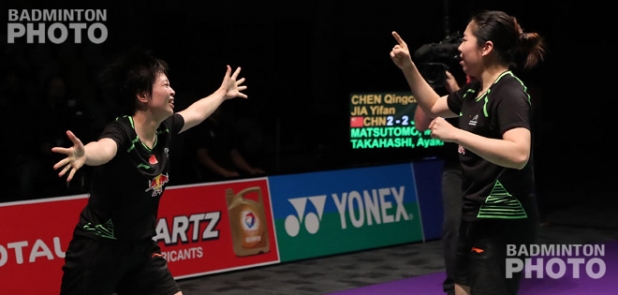
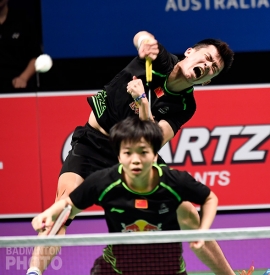
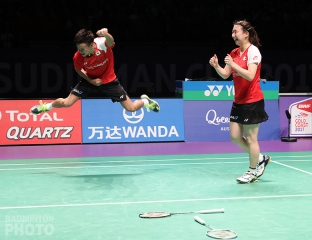
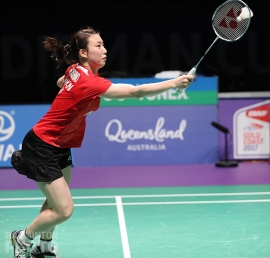
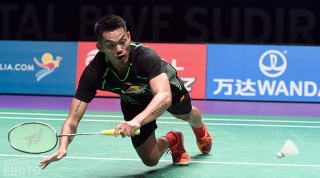
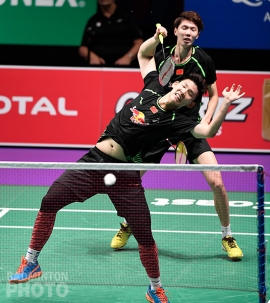
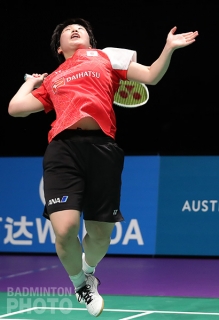
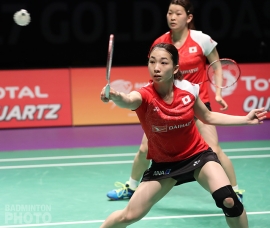

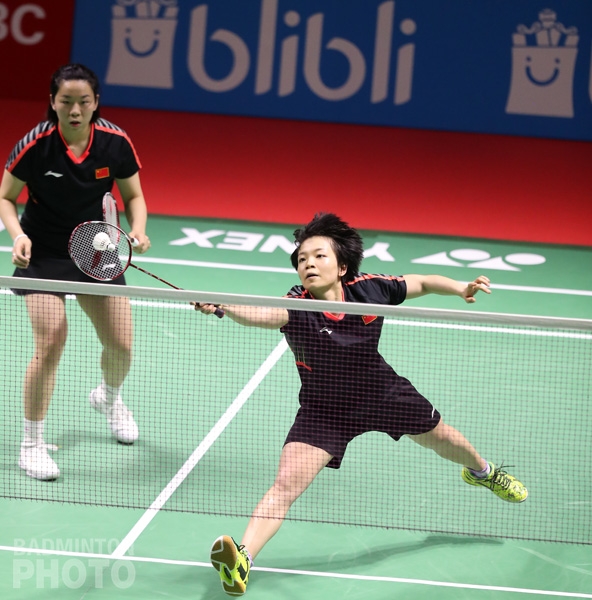
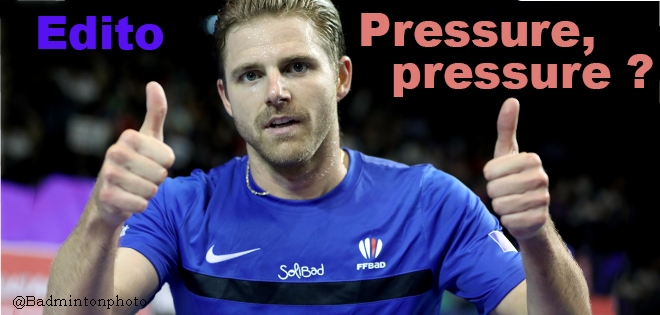
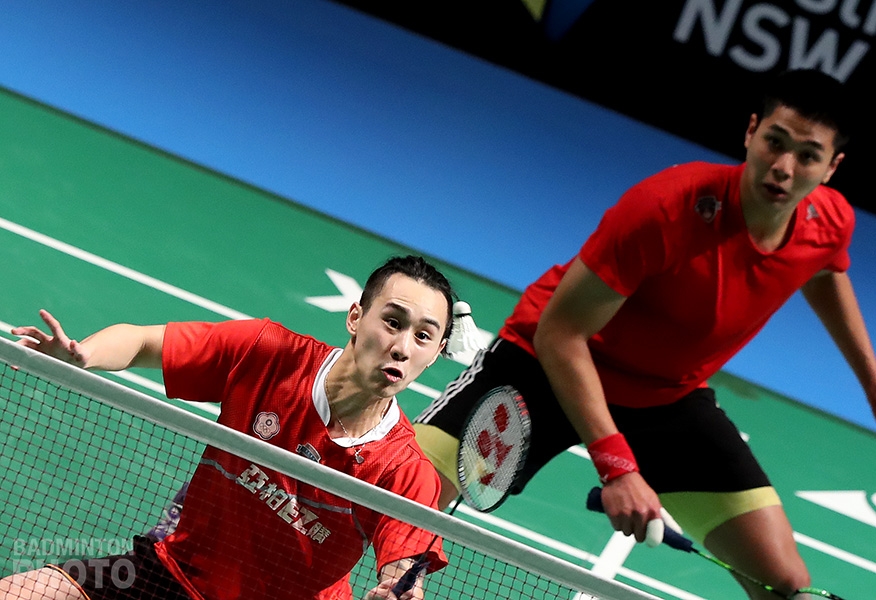
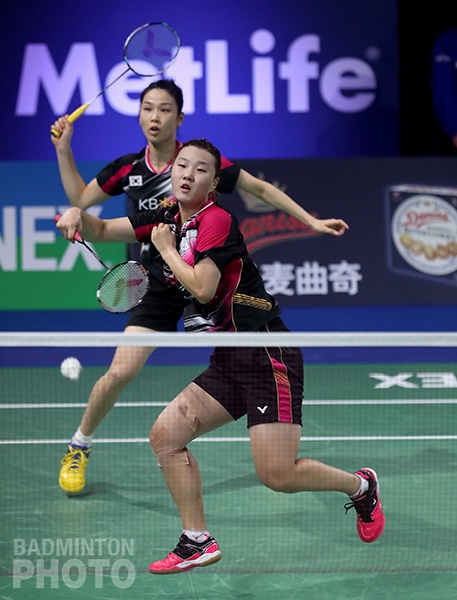
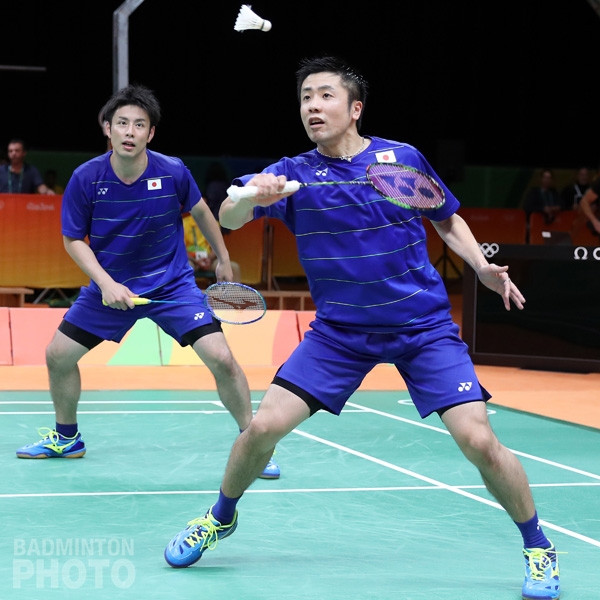
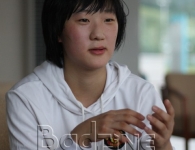
Leave a Reply